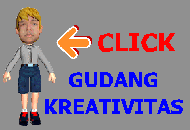
DragonFable (often abbreviated to "DF") is a free, online, browser-based, single-player developed by RPGArtix Entertainment. Created in July 2005, the game went into beta testing on November 21, and on June 10, 2006, the game was officially released. It is implemented in Adobe Flash and uses vector graphics, some of which are animated. The storyline to the game sets DragonFable as a prequel to the storyline of AdventureQuest and a sequel to that of MechQuest, each of which are also games from Artix Entertainment. DragonFable receives weekly updates with the introduction of new quests, monsters and weapons.
In DragonFable players are able to walk around and explore a 2D world. The game is updated weekly with new quests, items, and areas. Players may also interact and team-up with NPCs in different towns and have them help in battle with special abilities.
Also, players may engage in PvP ("Player Versus Player") battles at an in-game arena called Aeris Battlespire. In these battles, contrary to its name, players do not actually compete against other real-world players who may also be online at that moment. Instead, the player's character battles against an AI-controlled opponent, whose configuration (name, appearance, and statistics) is based upon the saved profile of another player's character.
DragonFable has many unique monsters that may be encountered, as well as several recurring antagonists (enemies), such as Drakath, Sepulchure and Xan. Each enemy has his or her own goals and ambitions that intertwine with and form the game's storyline. There are many side quests that players can take to assist NPCs, gain experience points, or find rare items.

Combat in DragonFable uses a simple turn-based battle system with option commands like "attack" which lets warriors do a simple slash, rogues do two quick cuts with their daggers, and mages cast a spell using the element of the weapon they are currently wielding. There currently is no "flee" option, except in the special class ChickenCow Lord, and enemies currently cannot run away which renders the abilities "trip", "tangle", and "root" (all of which prevent enemies from escaping) currently useless.
Players try to get their opponent's health points (HP) down to zero before their opponents do the same to them. Some monsters have regenerative abilities making them more challenging to kill. Players can also use potions to restore HP or MP (mana points), or use an unlockable defensive ability which gives an 80% chance to block, dodge or parry their opponents' attacks. Another unlockable option gives the players a chance to immobilize the opponent. Some opponents, however, have a chance of resisting the attack.
In DF, every weapon, pet, and monster has an element, the type of damage they do. There are several elements, with the most common being fire, water, wind, stone, and ice. Some enemies have elemental modifiers, meaning that they receive either more or less damage from attacks of certain elements. For example, if a player attacks a Werewolf that has -200 defense towards Silver attacks with a silver weapon, the damage done to the Werewolf is greatly increased. However, if the player attacks a Basilisk that has 200 defense toward Stone attacks with a stone weapon, the player will do negative damage to the Basilisk, or in other words, the Basilisk will heal the amount of damage that would have been done to it were it not resistant to the Stone element. Note that in DragonFable elements are not opposites of each other; for instance, attacking an enemy that has high defense toward fire with an ice weapon will not cause greater than normal damage unless the enemy also has a modifier for ice. These things are also true for pets and magic attacks.












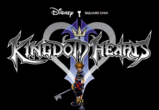





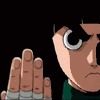
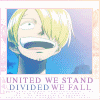

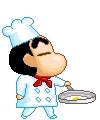





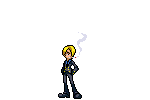
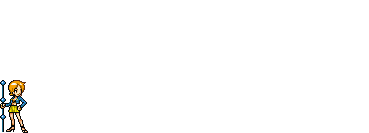
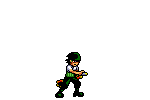




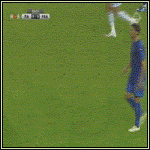

 br/>
br/>
















 >
>



















